Clay Shooter magazine editor, Emily Damment, tries her hand at Helice and finds herself truly addicted to this fun, unpredictable game of spinning clay targets! Find out what it is and where to shoot it here!
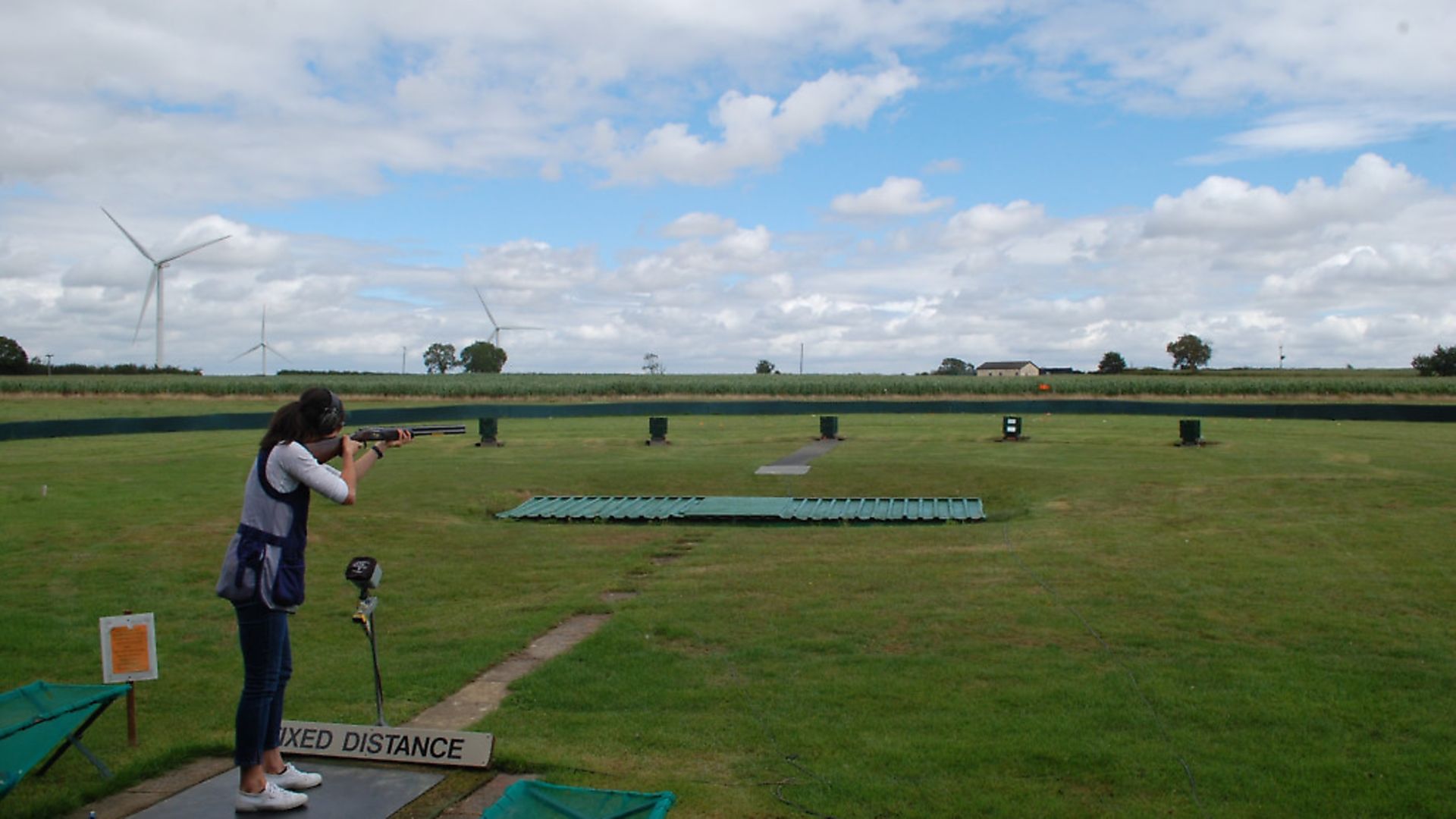 credit: Archant
credit: Archant
I may not be the best, but I really do love clay shooting, especially the social side of things! Up until very recently, however, my experience had been limited to Sporting with the odd excruciating attempt at Trap... not my strong point. I’d heard vague mentions of Helice, or ZZ as it is also known, but hadn’t really given it much thought until a good friend insisted that I accompany him to a practice session at A1 Shooting Ground to give it a go.
Being one of the slightly more obscure shooting disciplines with lower levels of participation and fewer grounds with the necessary set-up to run Helice events, I was, I’ll admit now, a little reluctant to drag myself out of bed on a Saturday and drive for an hour and a half to try this ‘gimmick’. What’s the point? Who actually shoots it?!
Nevertheless, this particular friend is rather a special one who has done a lot for me over the years; I didn’t want to disappoint him and besides, any time spent with him is good time, so I put on my most enthusiastic voice and hauled ass to A1. And thank the gods of clay shooting that I did...
I am now a self-confessed Helice addict! Seriously! In my fairly limited six years in the sport, it is by quite a long way the most fun I have had clay shooting. The targets are exciting and require fast, instinctive shooting; the people are unbelievably friendly and welcoming; and the inter-round socialising is just the cherry on the cake of a wonderful day’s shooting.
To put it in perspective, I tried Helice for the very first time at the A1 practice, where the very lovely Capaldo family made me feel exceptionally welcome, and just a couple of weeks later I shot the West Midlands Helice Championship at Rugby and District Trap Club, albeit targets-only. It may not sound a big deal to some of you hardened competitors, but I have yet to attempt a Sporting competition, despite having shot it on and off for several years. The fact that I felt comfortable enough to shoot in a competition environment is testament not only to the friendly folk who shoot this discipline, but more so to the fun, unpredictable, almost un-practicable nature of Helice shooting.
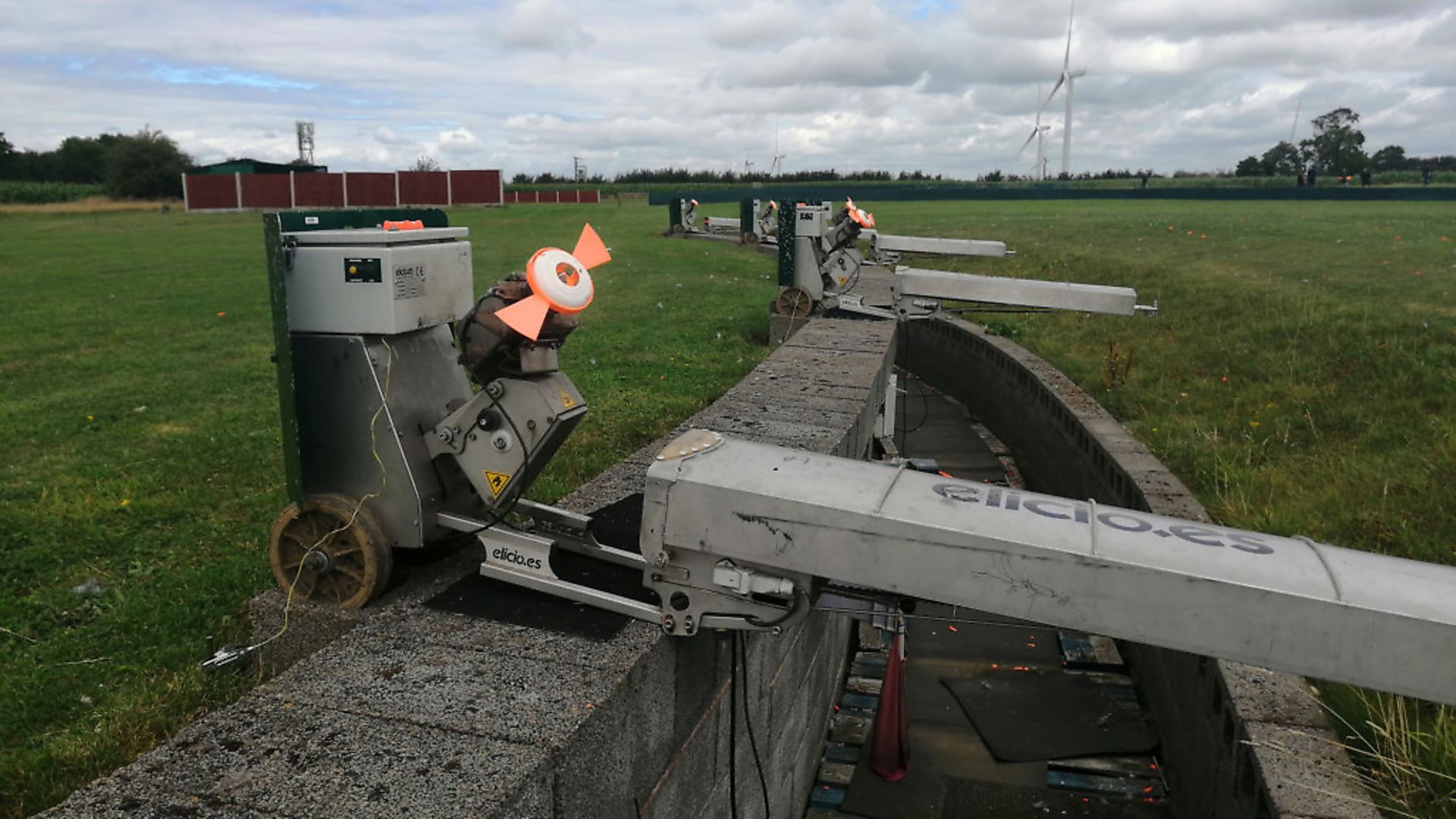 credit: Archant
credit: Archant
What’s it all about?
As a keen pigeon shooter (no doubt some of you are too), I partly took to Helice because it is so much like the real thing. Essentially, it is a Trap discipline... with a few differences. Each round consists of two sets of four targets, and is shot as follows. You step up to shoot, positioning yourself on a mat or in a hoop. Out in front of you will be five box traps, beyond which is marked a semi-circular area. You load, pre-mount your gun, call “pull” with as much authority as you can muster, and one of the five boxes will spring open to release the Helice target.
That is where the similarities end, because Helice targets behave like no other! If you haven’t seen one up close, they are made up of a sort of plastic propellor-shaped spinner with two wings, and a white ‘witness’ cap in the middle in which a clay is nestled. The traps rotate this strange little object at speed so that, when it is finally released, it can literally go spinning off in any direction, and frequently in several at once it seems! The idea is to break the target (separate the witness from the propellor) and have the witness land within the marked semicircle. Shooting it early is the key to success; so too is having the reactions of a hungry viper. It is shot in squads, much like Trap, and between rounds you have time to sit down with your squad, have a coffee and a burger, moan about how terribly you’re shooting, or impart wisdom on those less successful than yourself.
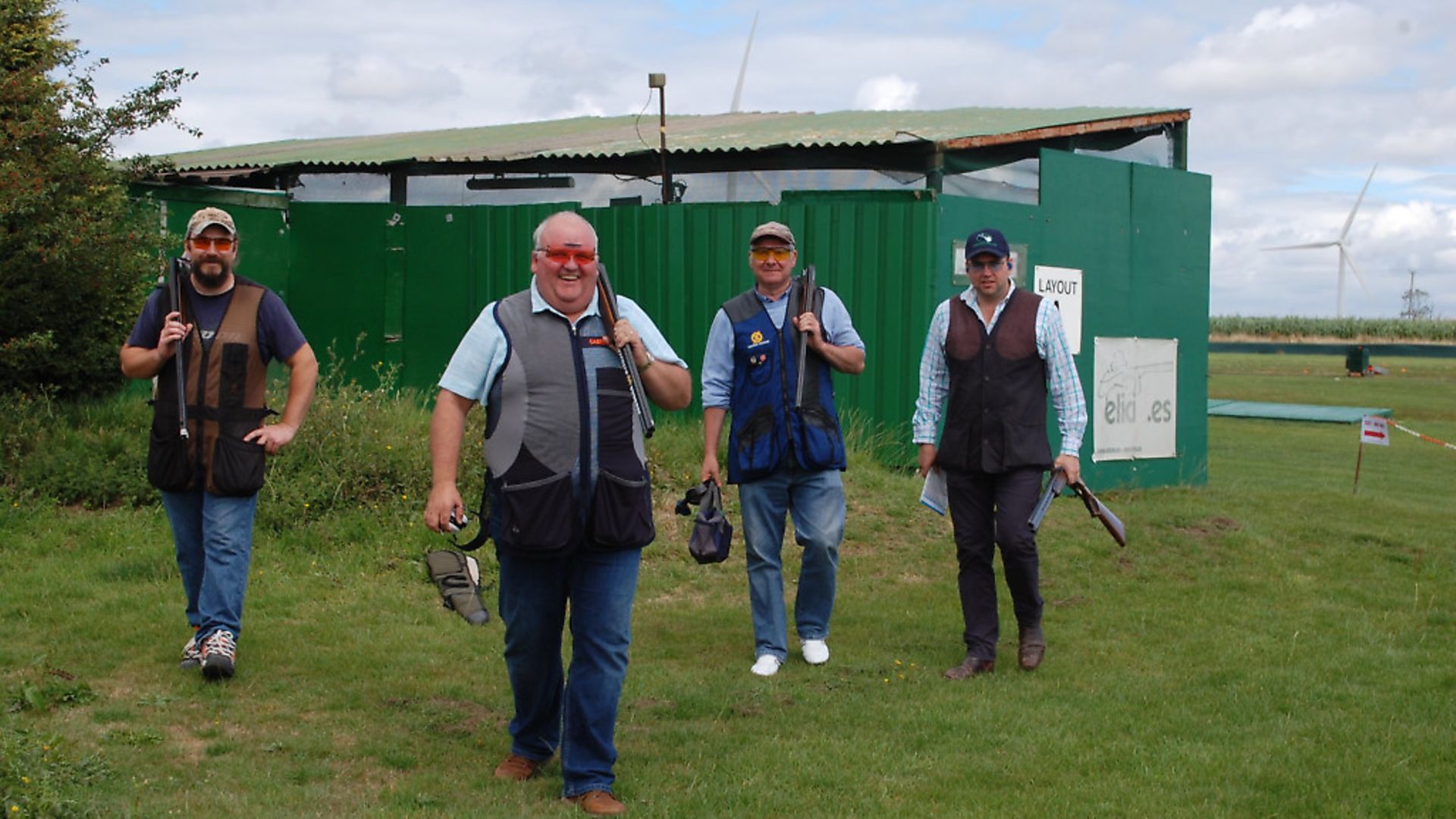 credit: Archant
credit: Archant
Try it!
It’s a strange discipline in the sense that you could practise it all day, every day, and still be presented with a target you’ve never seen before because those spinners make every single clay presentation unique. Of course, practice makes perfect in terms of technique, but out of all the disciplines I have tried, this one lends itself best to instinctive shooting – if you’re a decent shot who who favours this instinctive style, rather than the more technical business of hold points, kill points and lead pictures, you’ve got a very good chance of posting a good score the first time you go out.
Don’t get me wrong – it is NOT easy by any stretch of the imagination. I was hitting on average one out of four, two if I really had my wits about me, and three on one glorious occasion at the A1 practice when for a split second I was utterly convinced I was an undiscovered Helice genius. However, I can promise you that if you do miss all four, or only hit one, it won’t feel anywhere near as bad as posting a zero on a Sporting layout. I think this is because even the top shots can occasionally be caught out by the random nature and wild targets this discipline is famous for.
Case in point, I was squadded with some world-class Helice shooters, and even one or two of them had the odd bad layout and only broke two out of the four targets presented. The difference here is that for them it was a rarity and something to feel annoyed about, whereas for me, posting a two meant I’d had a good round and was pretty damn chuffed about it! The point I am making is that no-one will make you think you’re not good enough to be there if you go to a competition and miss every single target presented to you. For someone like me, who would generally rather cover myself in jam and sit next to a bee hive than shoot in front of an audience, it was a revelation and a wonderful way to get over my fear of competitions.
There will be advice and kind commiserations if you miss, and genuine joy on your behalf if you break one. John, who runs the ground, is a great example of the encouragement and kindness you will experience when you try Helice. When I went over to thank him for the day and say goodbye, he said he missed me already. Call me soppy, but little things like that make the long drive home a happy one.
I cannot overstate this – if you haven’t tried Helice, do so immediately. You won’t regret it. At the very least, you will have a whale of a time trying something unique, fast and fun. At best, like me, you will become obsessed and rediscover that element of pure fun that got you shooting in the first place.
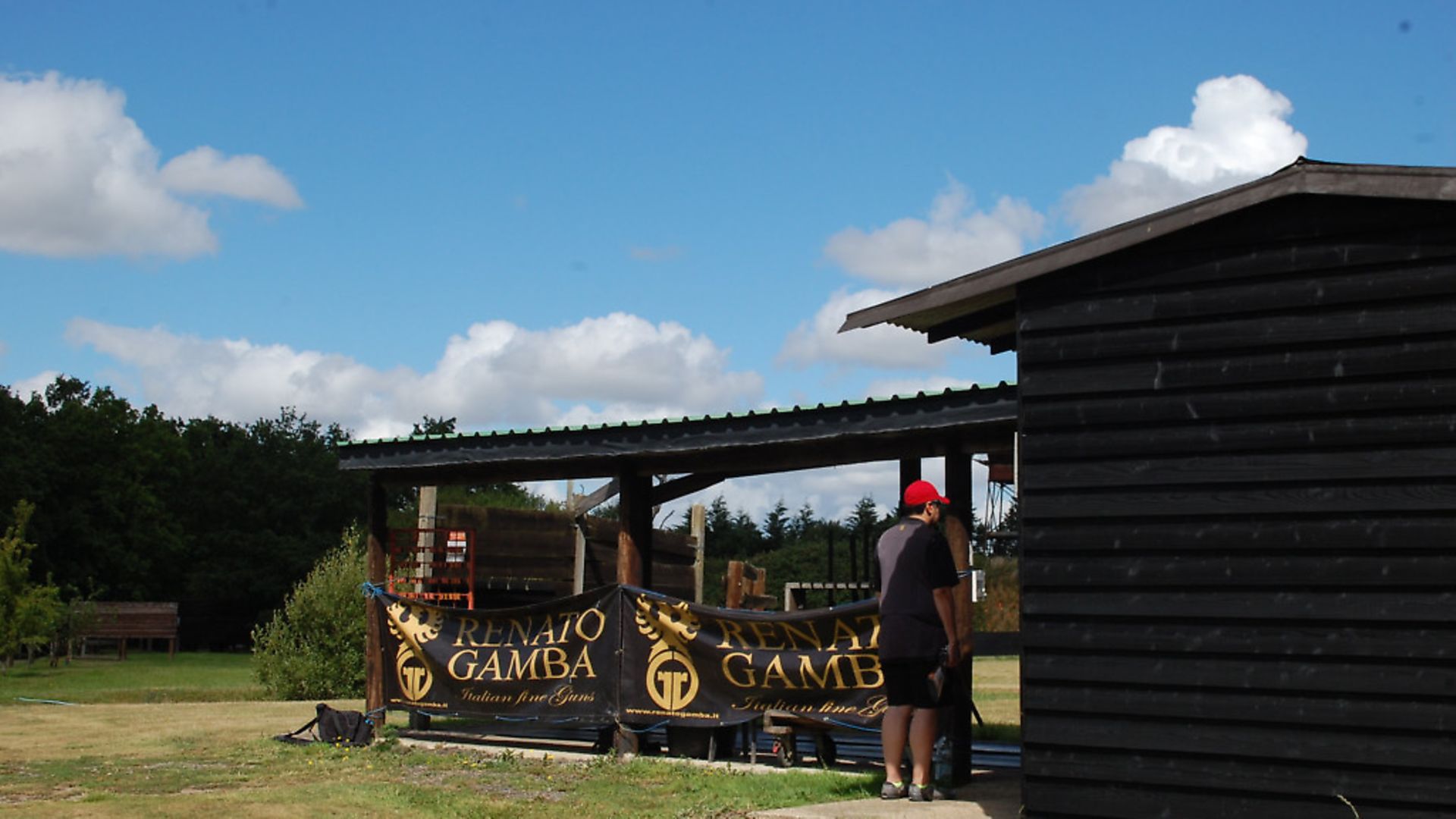 credit: Archant
credit: Archant
A little history
Helice was developed in the 60s as a replacement for live pigeon shooting – and not the decoying over stubbles kind! This live pigeon shooting, now banned in most countries, involved the pigeon being placed in a box, just like those used in modern Helice, and being released on the call of “pull”. The goal was to kill the pigeon so that it fell within a marked boundary!
It’s widely accepted that the name ‘ZZ’ references ‘zinc zorrito’ - zinc for the metal the targets used to be made of, and zorrito for the type of pigeon used in the original game. Some suggest it is to do with the zig-zag pattern the targets often make when released and some say it is the ‘zzzz’ noise the traps make as they spin the targets. Whatever its true origins, it’s surely just as much fun as the original game, with no pigeons harmed in the making!
SHOOT IT HERE
A1 Shooting Ground
Rugby District & Trap Club
Invicta Gun Club
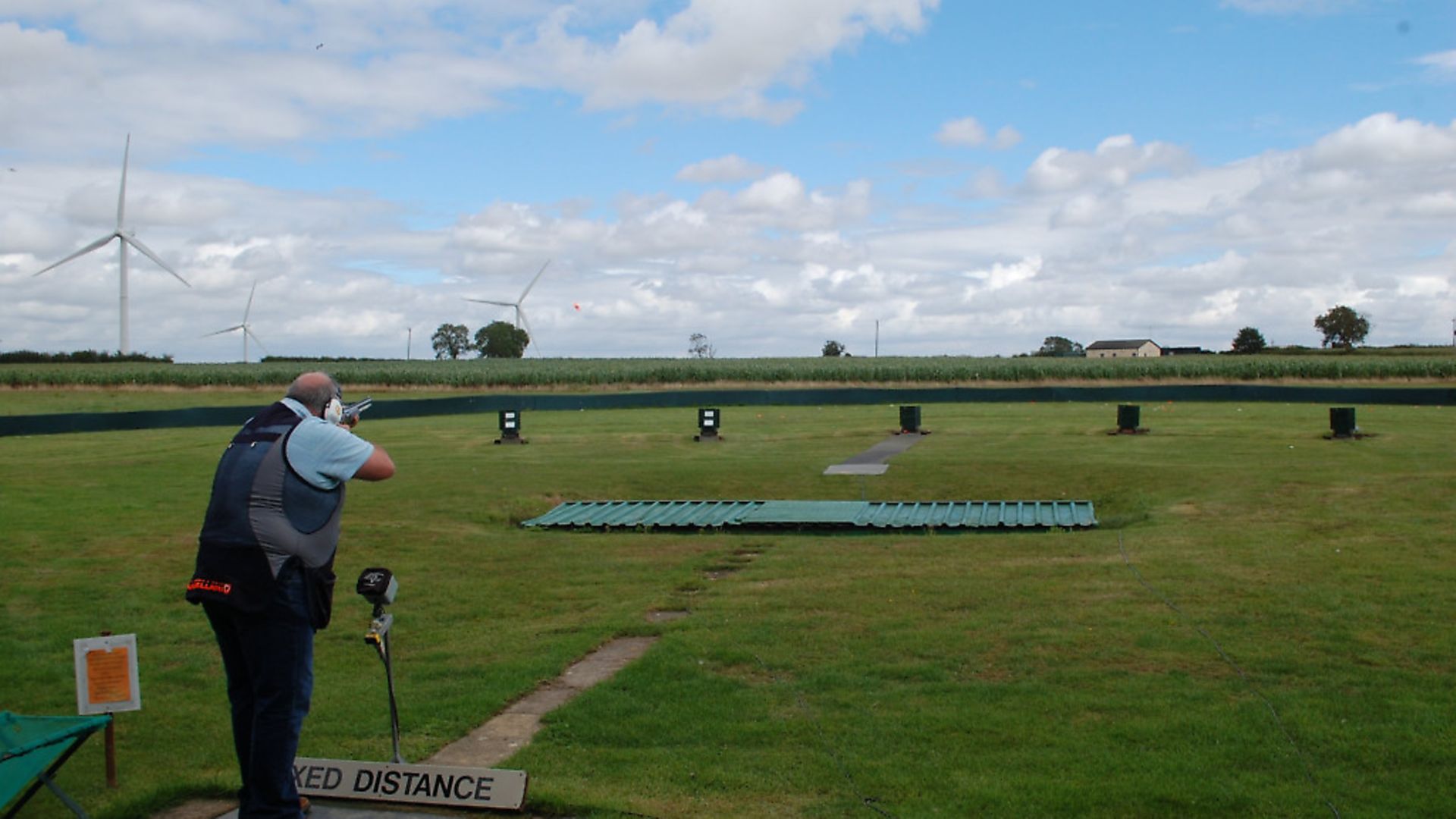 credit: Archant
credit: Archant